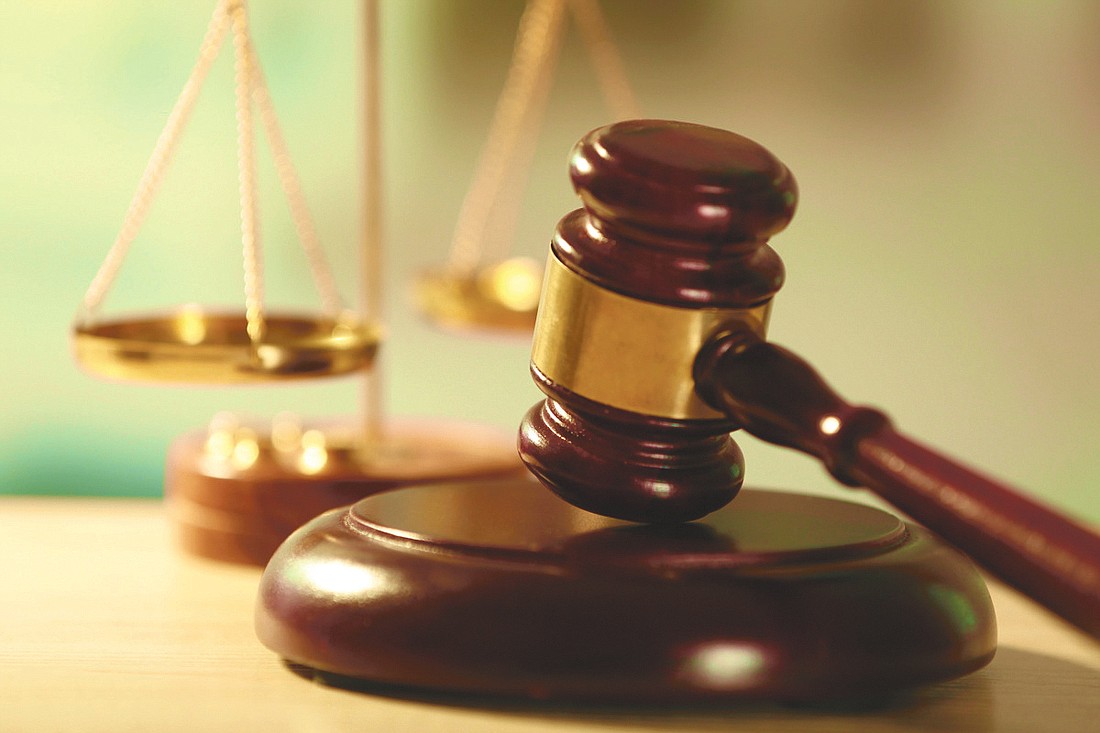
A poll of Florida Bar members regarding the merit retention elections of one state Supreme Court justice and 24 appellate court judges, including the six who represent Northeast Florida, indicates support for all to be retained.
The confidential poll sought to find whether attorneys who know the most about the jurists believe they should continue in their jobs.
The retention election is on the Nov. 3 general election ballot.
“The Florida Bar offers the merit retention poll to voters to help them assess jurists on the ballot,” said Florida Bar President Dori Foster-Morales in a news release.
“While voters may be familiar with the circuit and county court judges and judicial candidates in their area, the work of these appeals judges is generally not as well known. So we ask Florida Bar members who know them best to give their opinion.”
For the state Supreme Court, poll results indicate support for retention of:
• Justice Carlos Muñiz by 71%.
For the 1st District Court of Appeal retention election that will be on the ballot in Clay, Duval and Nassau counties, poll results indicate support for retention of:
• Judge Joseph Lewis Jr. by 84%.
• Judge Scott Makar by 80%.
• Judge Rachel Nordby by 71%.
• Judge Tim Osterhaus by 76%.
• Judge Clay Roberts by 80%.
• Judge Adam Tanenbaum by 74%.
The 1st DCA comprises Alachua, Baker, Bay, Bradford, Calhoun, Clay, Columbia, Dixie, Duval, Escambia, Franklin, Gadsden, Gilchrist, Gulf, Hamilton, Holmes, Jackson, Jefferson, Lafayette, Leon, Levy, Liberty, Madison, Nassau, Okaloosa, Santa Rosa, Suwannee, Taylor, Union, Wakulla, Walton and Washington counties.
It includes judicial circuits 1, 2, 3, 4, 8 and 14.
For the poll, a ballot was mailed in August to all lawyers residing and practicing in Florida asking whether the incumbent appeals court jurists should be retained.
The Bar sent 78,405 ballots and 3,626 lawyers participated.
Florida law requires state Supreme Court justices and appeals court judges to be placed on the ballot in nonpartisan elections within the first year of appointment, and then every six years, for voters to determine whether they should remain on their courts.